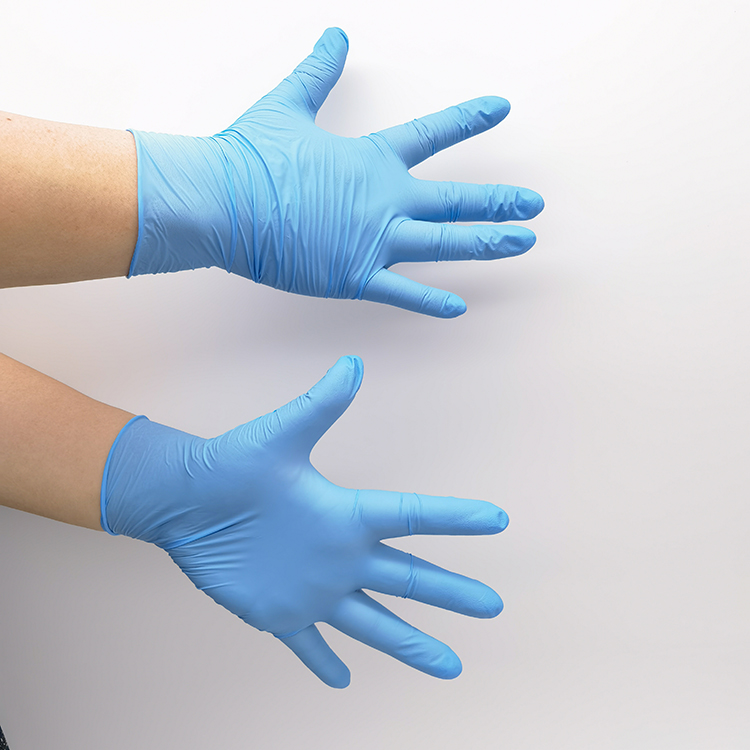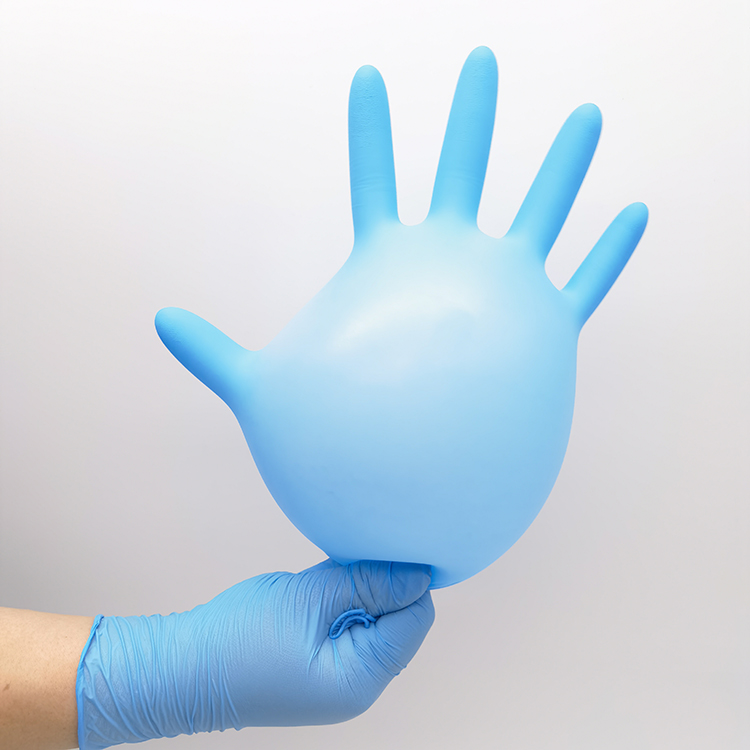The main task of the nursery is to allow the weaned piglets to stably transition to weaning, develop good behavioral norms (fixed-point feeding, fixed-point sleep, and fixed-point excretion), and maintain an ideal growth rate. In the stable transition to weaning, nutrition and feeding are particularly critical.
As a result of weaning, lost sow shelter and rations, coupled with behavioral disturbances such as hurdles and gregarious behavior, weaned piglets are in turmoil. At the time of weaning at 4 weeks of age, the digestive system was not well-developed, and it took some time after weaning to adjust. While weaning stress prevents the development of digestive and absorptive systems, good nutritional care is essential.
Nursing, feeding, and intestinal development
The purpose of early feeding of suckling piglets is to adapt to the feed environment as soon as possible after weaning, to be familiar with the shape and taste of the feed, and to increase feed intake after weaning. Piglets begin to produce a small amount of hydrochloric acid and digestive enzymes in the stomach around the age of 14 days. Therefore, about 2 weeks after the birth of a piglet, you can use a disc-type feed trough, add a small amount of opening material, let it slowly from play Learn to eat. Once the opening material is eaten, the acid and enzymes produced in the stomach increase rapidly, which accelerates the decomposition and absorption of the feed, and there is acid in the stomach. The harmful bacteria such as E. coli will not reproduce.
After the piglets quickly adapt to weaning and feed, the food in the stomach will stimulate the secretion of new digestive juices. The weaned pigs will normally digest food, absorb nutrients, and adapt to the environment of the nursery. If weaned pigs are not adapted to the environment after weaning, and only feed little feed, the secretion of gastric acid and other digestive juices will be drastically reduced, the acidity in the stomach will be reduced, the environment suitable for beneficial bacteria will be destroyed, and the harmful bacteria absorbed in the intestinal tract will be doubled. Growth eventually leads to malnutrition, weight loss, and even death in piglets.
Group effect
Pigs are only living animals in groups, they are used to feeding sows that concentrate their milk, and they like to scramble and often imitate pig behaviors in the same column, including feeding, sleeping and excretion. Therefore, the pigs must create conditions after the nursery to allow them to feed at the same time. When they hear or see other pigs burrowing feed from the trough, they will be tempted to increase feed intake.
Feeding times and feed forms
After birth, the sow will call the piglet to suck milk approximately once an hour. Once weaned, the piglet will leave the sow, live independently, find its own feed and water, so it is necessary to start training as early as possible. In the initial period, the habit of breast-feeding should be simulated. Feed it once every hour (later, gradually increase the interval time), and hit the trough to form conditioned reflexes to develop good habits. In terms of feed form, the transition from liquid milk to solid feed requires a transition. Therefore, in the stage of training the piglets, a small amount of water can be added to the feed, and gradually transition to powders and granules with the wet seasoning.
Feed freshness
Due to the fact that the piglet has just been weaned, the feeding should follow a small number of times, to ensure that pigs can feed at any time while eliminating waste. If a large amount of feed is fed into the feed tank at one time, the saliva exiting from the mouth of the piglet during feeding will cause the feed to become agglomerated and mold, affect the freshness of the feed, and cause piglet intestinal diseases. In addition, after the piglet chews, there will be a lot of powder left. Powder covering the feed can cause piglets to refuse to feed. Therefore, the feed to be fed must be sufficient and not wasted.
Slot design
Pigs are only group bred, and they like to scramble. When designing troughs, it is necessary to minimize feed wastage, but also to take care that pigs can feed at the same time in order to increase feed intake. Round feed troughs do this better than other types of troughs. Every day, check the feed in the feed chute and clean up the feeds for agglomeration and the feed contaminated with feces and urine to increase the freshness of the feed.
1.High-quality nitrile blend gloves are unsterilized. They are with strong longitudinal tensil strenth(breaking strenth) and longitudinal elongation.
2.It's elastic and fits your hands tightly. Nitrile blend glove is 100% latex free.
3.During this special period, it can serve as a protective role to prevent from sticking to your hands.
4.You can use your phone when you wear are wearing them
5.Superier chemical resistance, acid resistance, alkali resistance and oil resistance.
6.Strong tensile strenth, punture resistance are not easy to be damaged.
7.Non-sterile, powder free
8.Allergic free
9. Size: S,M,L and XL
10.Color: normally Blue,black


Nitrile Blend Gloves,Blend Gloves,Vinyl Nitrile Blend Gloves,Vinyl Blend Gloves
Jiangsu Asbao Medical Technology Co., Ltd. , https://www.iigloves.com